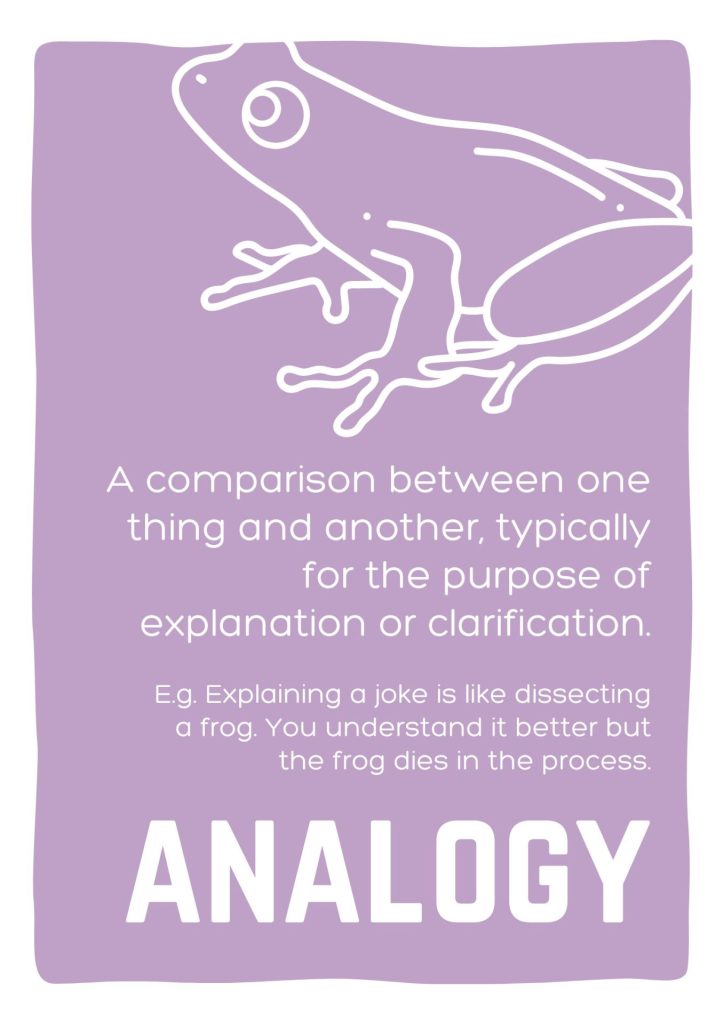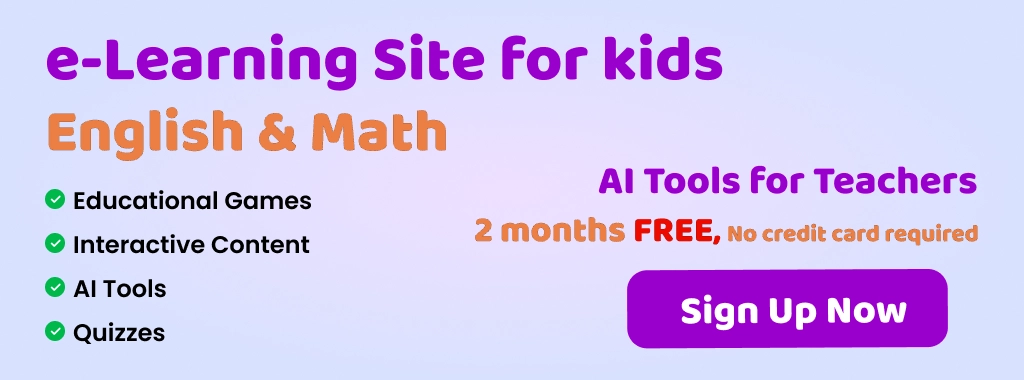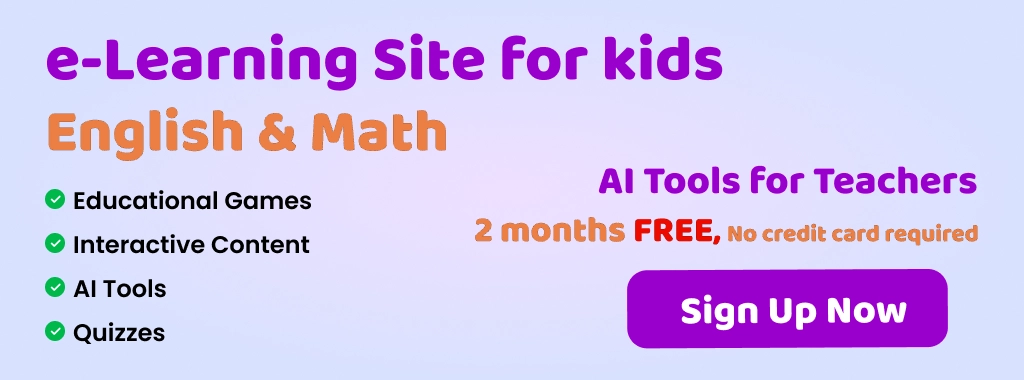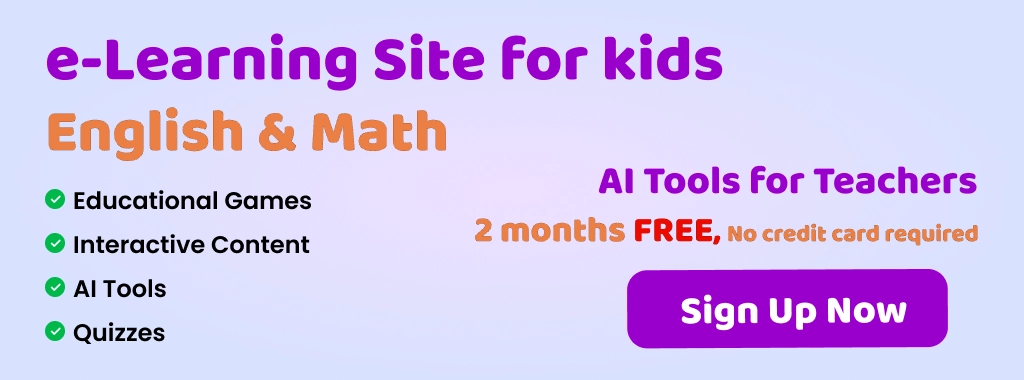Understanding the Concept of Analogy
Table of Contents
Introduction
Analogy
In the realm of language and cognition, the concept of analogy plays a pivotal role in drawing comparisons and establishing connections between different ideas. Let’s delve into the intricacies of analogies and explore their significance in facilitating a deeper understanding of various concepts.
Analogy of Definition
What is an analogy?
An analogy is a figure of speech used to illustrate the relationship between two sets of words, phrases, or concepts. It involves identifying similarities and drawing parallels to enhance comprehension and convey abstract ideas in a more relatable manner.

Method
Analogy is a powerful rhetorical device used in writing to illustrate complex ideas, clarify concepts, or make comparisons between unfamiliar subjects and more familiar ones. Here’s why and how it is effectively used:
Analogy Usage
Clarification: Analogy helps in making abstract or complex ideas more understandable by drawing parallels with something concrete or familiar.
Persuasion: Analogies can be persuasive by associating positive or negative attributes of the familiar subject with the unfamiliar one, influencing how readers perceive it.
Visualization: It aids in creating vivid mental images for readers, enhancing their engagement and retention of information.
Simplification: Analogies simplify technical or specialized information for a broader audience, breaking down barriers to comprehension.
How to Write an Analogy
Identify Key Elements: Understand the core concept or idea you want to explain. Break it down into its fundamental components.
Choose a Familiar Analogous Situation: Select an everyday scenario, object, or process that shares similarities with your main idea. Ensure it resonates with your intended audience.
Highlight Similarities: Clearly outline the parallels between the familiar and unfamiliar elements. Focus on similarities in function, structure, behavior, or outcomes.
Use Descriptive Language: Paint a vivid picture with descriptive language to emphasize the similarities and make the analogy memorable.
Reinforce the Main Idea: After presenting the analogy, connect it back to your main point or concept. Show how understanding the analogy enhances understanding of the original idea.
Avoid Overstretching: Ensure the analogy is appropriate and doesn’t confuse or mislead the audience. Analogies should clarify, not obfuscate.
Examples
Here are a few examples of analogies with explanations:
Example 1:
Analogy: “Life is like a roller coaster, with its ups and downs.”
Explanation: This analogy compares the unpredictable nature of life to the exhilarating and sometimes frightening experience of riding a roller coaster. It highlights how life can have moments of excitement and joy (ups) as well as moments of difficulty or challenge (downs).
Example 2:
Analogy: “The classroom was a zoo during the group project.”
Explanation: This analogy compares the chaotic and noisy atmosphere of a classroom during a group project to a zoo. It emphasizes the lack of order and control, perhaps due to everyone talking at once or different activities happening simultaneously.
Example 3:
Analogy: “Her smile was like sunshine on a rainy day.”
Explanation: This analogy compares someone’s smile to sunshine breaking through clouds on a rainy day. It conveys the warmth, brightness, and uplifting effect of the person’s smile in contrast to a gloomy situation.
Example 4:
Analogy: “His words were bullets, piercing through my defenses.”
Explanation: This analogy compares the impact of someone’s words to bullets. It suggests that the words were sharp, hurtful, and had a profound effect on the person receiving them, similar to how bullets penetrate and cause damage.
Example 5:
Analogy: “Love is a journey, starting with an initial spark and winding through unexpected twists and turns.”
Explanation: This analogy compares the experience of love to a journey. It begins with the excitement and attraction (initial spark) and progresses through various phases and challenges (twists and turns), ultimately leading to personal growth and deeper connection.
Example 6:
Analogy: “Life is like a box of chocolates; you never know what you’re gonna get.”
Explanation: This analogy, popularized by the movie “Forrest Gump,” compares life to a box of chocolates where each chocolate is different and you don’t know the flavor until you bite into it. Similarly, life presents us with unpredictable experiences, opportunities, and challenges that we encounter without prior knowledge.
Quiz
Tips and Tricks
1. Descriptive Analogies
Scenario: Comparing a library to a treasure trove of knowledge.
Tip: Utilize descriptive analogies to vividly illustrate the characteristics of a concept or entity.
2. Metaphorical Analogies
Scenario: Equating ‘time’ to ‘money’.
Tip: Employ metaphorical analogies to convey abstract ideas in a more relatable manner
3. Symbolic Analogies
Scenario: Comparing a dove to peace.
Tip: Utilize symbolic analogies to represent deeper meanings and convey symbolic relationships between concepts.
Real life application
Story: The Analogy Adventure of Alex and Maya
Alex and Maya embarked on an analogy adventure, where they encountered various real-life scenarios that required the application of analogies to navigate through challenges and gain insights.
Challenge 1: The Puzzle Quest
Alex and Maya ventured into a mysterious puzzle quest, where they encountered a series of enigmatic riddles. By drawing analogies between familiar objects and cryptic symbols, they deciphered the hidden clues and progressed through the quest.
Challenge 2: The Language Labyrinth
In their next challenge, Alex and Maya navigated through a language labyrinth, where they encountered unfamiliar words and concepts. By employing analogies to relate new vocabulary to familiar terms, they successfully decoded the linguistic puzzles and expanded their vocabulary.
Challenge 3: The Innovation Initiative
In their final challenge, Alex and Maya were tasked with developing innovative solutions to address complex problems. By drawing analogies between past successful strategies and current challenges, they devised creative solutions and achieved remarkable outcomes.
FAQ's
Like? Share it with your friends






